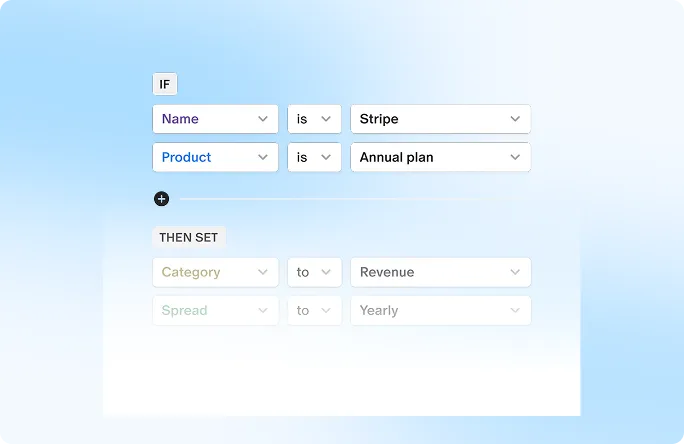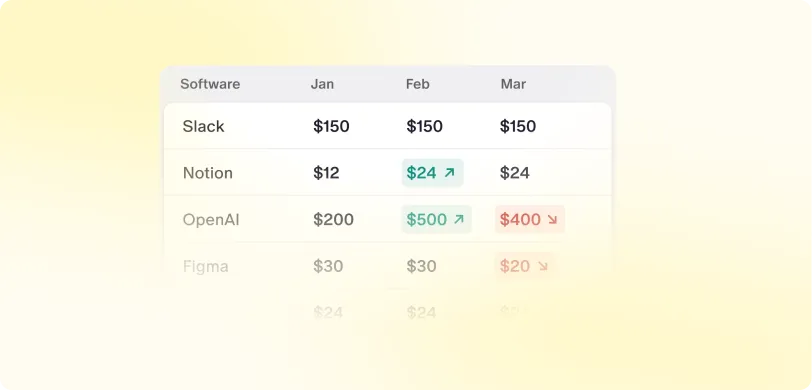ESOPs sound amazing - what's the catch?
Join an early-stage startup. Get ESOPs. Wait for a couple of years. They vest and are worth millions. Cash out. Sounds easy and almost too good to be true. What's the catch?
If things work out well, employee equity can be a great tool for wealth generation. But there are still risks and pitfalls that will make you adjust your expectations. Let's go through some of the key factors that you need to be mindful of.
1. Company performance
Value of your ESOPs is not guaranteed to go up with time, or even remain steady. The most obvious risk to your equity award is that its value may diminish significantly from grant date to vesting date.
We may have gotten a bit too used to seeing LinkedIn celebratory posts about startups constantly raising capital at higher valuations. There are success stories, but not all rocketships get to the Moon. You need to be aware that early-stage companies are inherently risky investments, and there are no guarantees that your next company is going to become a unicorn. Don't forget that downside risk goes hand in hand with unlimited upside.
You should treat your ESOP participation as an investment. Do you believe in company's vision and ability to execute in the long run? Doing your research and treating an ESOP offer as an investment opportunity is a great way to evaluate company's prospects and associated risks.
The narrative has shifted recently as you might have noticed with a lot more commentary about the implications of the recent sell-off on the VC and startup landscape. The current consensus on the future outlook points to ongoing uncertainty. Bearish sentiment may remain prevalent for more than a year ahead, especially in the markets that have enjoyed the most influx of venture capital in recent years. One thing that remains constant regardless of market conditions is that investment in private markets, and ESOPs of startups, is by its nature requires a long-term investment horizon. With that in mind, you need to be prepared not only to account for long term prospect of your employer, but also company's ability to weather the storm in the short run.
2. Opportunity cost
As a general rule, early-stage startups are not able to complete with established corporations when it comes to salary. As such, ESOPs are used to make up the gap (in full or partially) and to attract talent. Even then, the trade-off is not as simple as one-to-one. Is the risk/reward ratio right for you to accept the role in a promising startup, or are you better off opting for a more traditional career path that provides potentially more job security, better salary package, but little to no equity? Are you OK with accepting lower cash compensation along with ESOPs for a chance of a big pay-out in future if you truly believe in the vision of the startup founder(s) and their team? There is no right answer - but keep in mind there are different paths to success.
When evaluating a job offer from a startup, employ a mindset of a long term investor. Do you believe in the vision of the founder(s), market opportunity available and the team's ability to execute? Your equity compensation should then align with your ability to contribute to the journey.
Compensation is only one of the factors that you will need to consider when evaluating an offer from a startup. Culture, ability to learn, exposure to various functions will all play a part in your decision-making process. Whether it's equity compensation or other factors - reaching out to your network for help and guidance is always a great way to make an informed decision.
3. Unlisted companies
Majority of startups are unlisted companies. Getting to vesting is the first step, but being able to convert your vested ESOPs into shares or cash by selling them may prove to be tricky. By its nature, private markets are illiquid, which means you likely will not be able to simply login to your account and sell your shares at any time as you might be used to doing with your NYSE or ASX listed shares and ETFs via your broker account or trading app.
With ESOPs, you may be forced to wait until an exit or liquidity event, such as an acquisition of your company by another, or an initial public offering (IPO), where your company goes public and lists on an exchange domestically or overseas. It could take years before such an event occurs, even after the vesting. The good news is that more startups globally now offer various structured liquidity programs, such as buybacks, tender offers, or surrenders, to present their employees with an option to cash out during specific windows. Still, there is no guarantee that these opportunities will be available immediately and you should prepare yourself for a long term investment horizon of 5, 10 or even more years. Access to liquidity programs, if offered by your employer, may also depend on your jurisdiction, due to the regulatory and tax implications that company may need to navigate.
Tip: talk to your employer about liquidity to understand whether the company offers employees ability to cash out prior to an exit event through one-off or recurring liquidity programs.
4. Future funding rounds and dilution
As mentioned earlier, over the last couple of years, you would have seen news on a daily basis about companies raising more and more capital at ever increasing valuations. That is not always the case, as down rounds may happen - and something the ecosystem may need to get accustomed to in the near future given the current climate.
Your company's next funding round could be at valuation that is significantly lower than the most recent one. As a result, the value of ESOPs you hold can go down. Another aspect to consider is that with every new round, more equity is issued to the investors, and existing investors get diluted. Simply put, if there more shares on issue, your existing stake in the company now represents a smaller portion - and you need to hope that increase in company valuation offsets the dilutive impact of the new funding round. That's not always the case.
5. Exercise methods for option holders
If you are presented with the ability to exercise your options (i.e. convert them into shares), you might be faced with a challenge. If there is no liquid market or ability for you to sell the resulting shares to fund the option cost, you may need to pay for the cost of the exercise (option cost) out of your own pocket.
If you hold 100 options at a strike price of $1, you will need to pay your company $100 to receive 100 shares upon exercise. Obviously, this amount can be significantly higher, and you will need to ensure you have sufficient cash available to fund this transaction. This becomes especially important if the expiry date of options is not far away. Should you leave the company, you may be given only a couple of months to exercise your vested options before they expire. Be sure to plan ahead and be in position to exercise your in-the-money options before they lapse.
6. Tax considerations
We can't discuss ESOPs without touching on tax. You need to be aware of tax implications of your equity awards. The choices you make when it comes to transacting on your ESOPs can result in when income and/or capital gain taxing point is triggered, and how the tax liability is calculated. Whilst tax should not be the only factor that dictates if and when you transact on your equity awards, it definitely is an important one and something you should consider before you take any action.
In some jurisdictions, you could be faced with a scenario where you must pay income tax on exercise of ESOPs (options or share rights) at a higher valuation, when you are only able to sell the resulting shares you receive at a lower price in future. Don't mean to scare you, but I've seen some nightmare scenarios where employees were not aware of tax implications and received an unpleasant surprise in a form of a hefty tax bill. We will cover off tax considerations in detail in the next edition of ESOP Academy.
7. Not understanding ESOP rules
Read your ESOP rules. If you take anything away from this guide or the whole series - this is it. By carefully going through the plan documentation and understanding how your company's scheme is structured, you will be in best position to make informed decisions when it comes to accepting ESOP offers and transacting on your vested awards.
Want a simple example of why reading rules matters and what you perhaps don't want to do? If you resign from your company with your last day of employment being a couple of days before the vesting date. You might think you have stayed long enough, but a matter of only a couple of days can mean you lose all your ESOPs that were just about to vest. If you do that - make sure your new employer gives you a grant of ESOPs that will compensate for the previous company's ESOPs you forfeit by leaving.
What's next?
ESOPs are a great tool that companies use to attract and reward talent - there is no denying that. Nevertheless, you, as a recipient of ESOPs, should be diligent when it comes to reviewing the terms and conditions of the plan you are joining, understanding the lifecycle of ESOPs, what underlying instruments are used, and what are the associated risks. Next week, we'll take a deep dive into key tax considerations that may come into play for an ESOP holder. That will put us in a good position to be comfortable with foundations of employee equity, and the following article will prepare you to discuss ESOPs confidently with your employer.
Next week: ESOP Academy #5: Tax considerations
Stay tuned: ESOP Academy #6: What to ask your employer in relation to equity


 Equity management
Equity management

 Fund management
Fund management

 Fund management
Fund management

 Fund management
Fund management













































